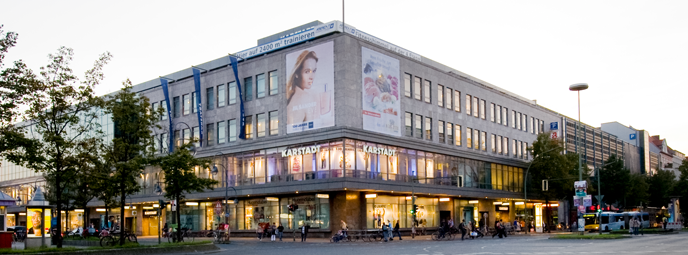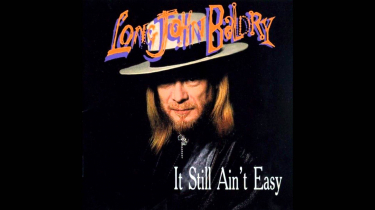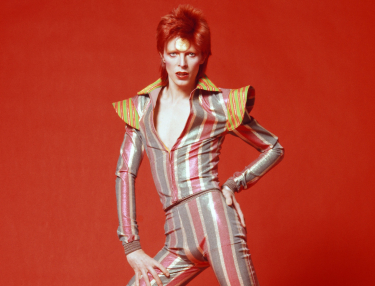Jan 08, 2016
Am Hermannplatz: A love letter to the lost department store


At Hermannplatz in the German capital of Berlin there sits a grand dame who at the ripe old age of 87 has endured aerial bombardments, stock market wipeouts, foreign invasions, gentrification, the indignities of physical destruction and changing fashion, National Socialism and bankruptcy alike. Barely three years younger than the Queen of England, still she reigns, supreme (if a little deluded) as she surveys her subjects. From the Berlin neighbourhoods of Kreuzberg, from Neukölln, from Friederichshain even, they flock daily to lose themselves in the soothing normality of her embrace, to take distraction in the vision of sympathetic regularity she offers. She is Karstadt, Kreuzkölln’s ever loving mother, stern and forgiving, cynosure and subsequently always out of step, an archaic domestic fantasy, steeped in history, selling nostalgia even as time turns its back on her.
Erected in 1929, Karstadt at Hermannplatz was in her youth the most modern department store in Europe, and one of the largest in the world. (At 72,000 square meters she dwarfed even future sister-in-law KaDeWe’s 30,000 square meters of floor space). Unfortunately, 1929 transpired to be not the brightest of years, fiscally speaking, and with the exception of the 1950s economic miracle, it has been pretty choppy sailing ever since the store was inaugurated. Commonly regarded as ugly, boring and outdated (three qualities I have always personally regarded as signifiers of great distinction), Karstadt is, to the world-weary eyes of your faithful Schriftstellerin at least, a creaky last stand of unfashionable dissimilarity, against the cultural genocide that is the commercial homogenization of every strip of sidewalk from Idaho to Bangkok. Soon enough the entire planet will be one endless strip mall of Burger King and Pret a Manger, Tesco Local and Starbucks, with every purchase predetermined, and every retail-related mistake obliterated before it can be executed, when obtuse monoliths like Karstadt will be a long lost dream we can only pine for.
But she’s not going out without a fight. A genuine cry of horror was heard as recently as two years ago, from native Berliners and expats alike, when a plan was mooted to see half of the store handed over to the British sartorial junk merchants, Primark. She is as essential to the Berlin way of life as anonymous sex and cranky neighbours, and as such has been bailed out of insolvency more often (though less discreetly) than many minor British royals. In part a physicalized longing for the city’s pre-Nazi glory days, part f-u to Communism, part pride in the city’s history and part celebration of the utter failure of efficiency and dynamism in the city of Berlin today, Karstadt is a jewel. She is a wonderland of urban bourgeois mundanity, a wealth of kitchen sink dramas, of tedium dressing up for a night on the town. It is Karstadt’s unique combination of hum-drum uniformity and ailing glamour that has me bewitched.

Sitting as she does betwixt the thoroughfares of Hasenheide park (with all of the attendant cruising, grass dealing, and 75-cent beer-swilling) and Urbanstraße (dotted with sex and swingers clubs) Karstadt is a knowing doyenne, not a prudish one. She has seen her fair share of snow-dusted come-down club kids come staggering in at 10 a.m., seeking salvation in the form of a banana and a packet of menthols, en route to the U8. Likewise during the city’s demandingly brief summer, the lure of her air-conditioned kindness is too much for many a park-goer to resist. She is open to the frumpy Oma and the bewildered tourist alike, to the fatigued, the hasty and the dawdling window shopper.
From the rooftop Terrasse all the way down to the grocery store in the Untergeschoss, every centimetre of Karstadt is a moment of mothballed magic. I have whiled away more hours than I can possibly account for daydreaming amongst the stationery and the porcelain, imagining what it would be like to work there, and wondering who exactly buys those horrible handbags. In one particular reverie of mine, there is a secret tunnel from the grocer market downstairs that leads directly into the darkroom of infamous Ficken3000, providing everything one could ever need in terms of sustenance, perhaps. I have laughed heartily in the bizarre bar under the escalator, resplendent with soccer trophies and one-armed bandits, sipping Sekt and admiring the bold fashion choices of fellow pilgrims. I have been surveilled and tailed by security guards as I hum’d and hah’d, trying out endless tubes of lip gloss. I have hurtled in when on the very verge of pissing my pants and never not been enchanted by the tender display of plastic flowers in the bathroom. I have used the restaurant as a club-house for fellow Garfield aficionados and guzzlers of chocolate mousse. I have practised my German there, and I have, from time to time, even shopped there.
Perhaps it’s silly, slavish even, to be so enraptured by such a Mumsy old piece of the valetudinarian capitalist dream. Maybe I’ll shortly choke on my own ironic distance. Alas, love is blind and I am her fool, tied to my own frosty romances, and Tagträume of a normality I perhaps can never inhabit. I think of mousy shoppers scurrying about, full of self-importance as they invest in a 70€ cheese grater, and I sigh. Would that be me, burdened with such chintzy problems with which to see out the chilly afternoons between coffee mornings and Abendsbrot, between waving off my husband and picking up my kids. Outside, the homeless sell magazines, and Roma musicians play the fiddle, buses pile up at the traffic lights, dogs whine and sanctimonious cyclists collide with absent-minded baby strollers; the city keeps on turning, almost unaware of the legend in their midst. Ignored, maligned, mocked, she is now a delicacy that the tastes of many have evolved beyond.
But to me, Karstadt is a novel in her own right, a mythical Roman à clef carved out of cement, a Great Garbo, a Norma Desmond, one hulking narcissistic icon of missed opportunities and scuppered fortunes, staggering towards the abyss. But, who will pull her back?
by La JohnJoseph







